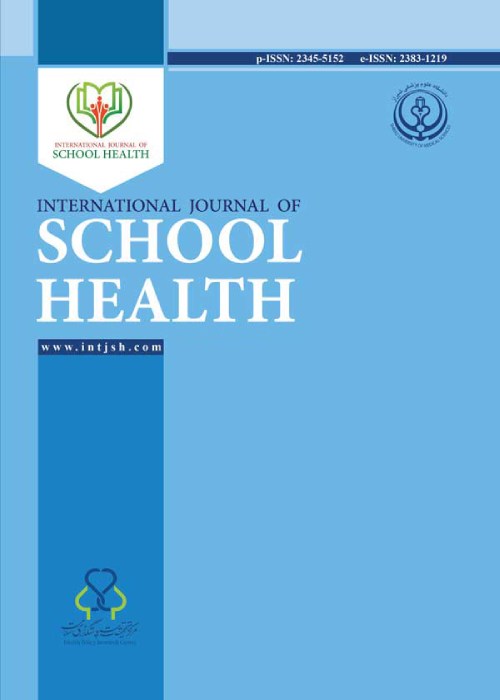The Relationship Between Spatial Inequality of Development and the Level of Social-Emotional Strengths and Difficulties for Students at Primary Schools of Tehran
Author(s):
Article Type:
Research/Original Article (دارای رتبه معتبر)
Abstract:
Background
Primary schools have the highest quota in children’s education. In all urban regions of Tehran, it is required to know whether the problems and capabilities in spatial inequality of development range have been distributed in the same way and whether all the schools care about the same issues, or whether some regions require a greater focus.
Objectives
This research aimed at surveying the relationship between different regions of Tehran based on the spatial pattern of inequality in urban development of capabilities, and social and emotional difficulties among students in the early years of primary school.
Methods
Based on the ex-post facto research design and its statistical population, 270 students (7 to 9 years old) from the early years of primary school in the academic year of 2017 - 2018, were included in this study. By multi-stage cluster sampling method, three regions were selected for sampling, based on the pattern of inequality in Tehran’s development centers. Then, one female and one male school were randomly selected from each region and the strengths and difficulties questionnaire (SDQ) was distributed among the students. This measure is a brief behavioral screening questionnaire that assesses three to sixteen-year-old students. The data were analyzed by SPSS 23. Multivariate analysis of variance (MANOVA) was run for data analysis at the significance level of P < 0.01.
Results
The findings showed that the residential area of students affects their social and emotional health. This effectiveness can account for 8% of students’ social and emotional status. Also, a significant difference was observed between relatively developed and undeveloped regions in students’ level of emotional ability (P < 0.01), yet the developed region did not show any difference with relatively developed and undeveloped regions. Complementary effect was obtained as 0.82, which was the sum of the effect of social and emotional health and shows student’s social and emotional development.
Conclusions
There was a significant difference between students’ residential area and children’s social skills and abilities. Children’s social and emotional abilities are more considerable than their social and emotional difficulties. Therefore, attention to training for families and children is strongly recommended.Keywords:
Language:
English
Published:
International Journal of School Health, Volume:6 Issue: 2, Spring 2019
Page:
2
magiran.com/p1966334
دانلود و مطالعه متن این مقاله با یکی از روشهای زیر امکان پذیر است:
اشتراک شخصی
با عضویت و پرداخت آنلاین حق اشتراک یکساله به مبلغ 1,390,000ريال میتوانید 70 عنوان مطلب دانلود کنید!
اشتراک سازمانی
به کتابخانه دانشگاه یا محل کار خود پیشنهاد کنید تا اشتراک سازمانی این پایگاه را برای دسترسی نامحدود همه کاربران به متن مطالب تهیه نمایند!
توجه!
- حق عضویت دریافتی صرف حمایت از نشریات عضو و نگهداری، تکمیل و توسعه مگیران میشود.
- پرداخت حق اشتراک و دانلود مقالات اجازه بازنشر آن در سایر رسانههای چاپی و دیجیتال را به کاربر نمیدهد.
In order to view content subscription is required
Personal subscription
Subscribe magiran.com for 70 € euros via PayPal and download 70 articles during a year.
Organization subscription
Please contact us to subscribe your university or library for unlimited access!


